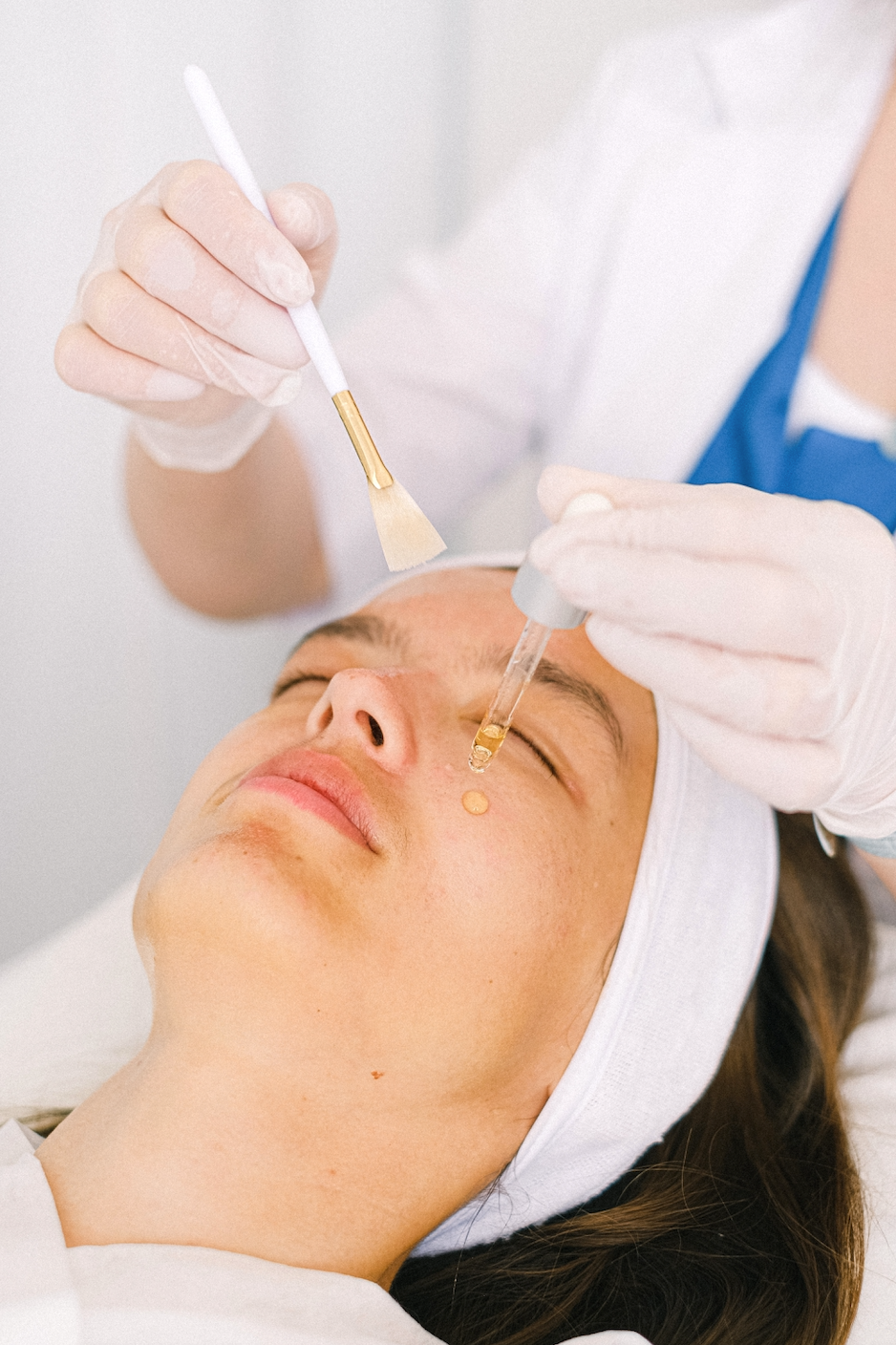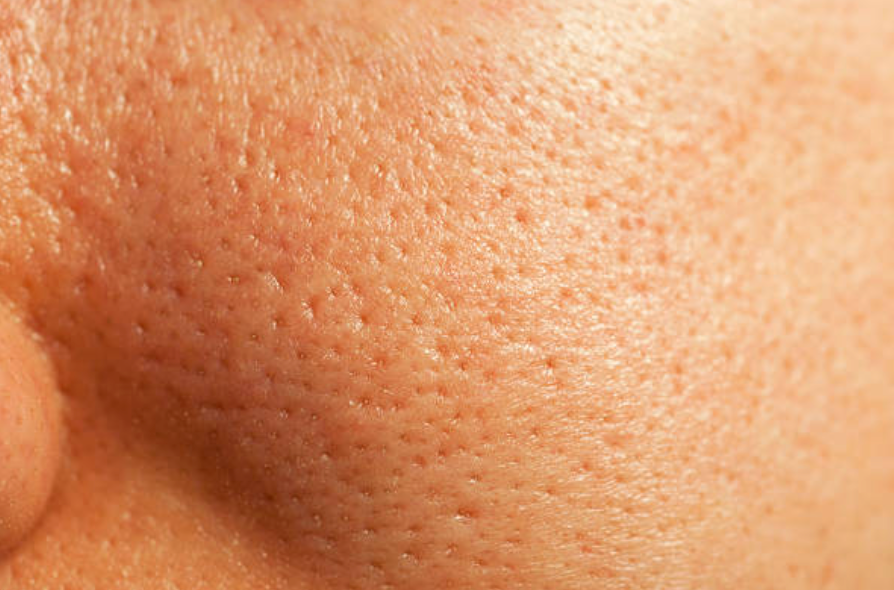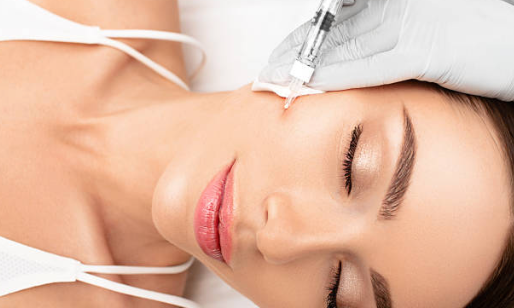What is a peel?
Peeling is a cosmetic procedure which consists of the application of a more or less strong chemical agent to the skin in order to produce desquamation (elimination) of the superficial layers of the skin , leading to to stimulate cell renewal as well as the production of collagen and elastin fibers in the underlying layers.
The skin has two layers: the epidermis and the dermis. The epidermis is the thin layer in contact with the exterior: it is very thin since its thickness is only 0.02 mm on the face. The peel then causes limited and controlled destruction of the epidermis and even the superficial layers of the dermis.
Peels have a Hydrogen Potential ( PH): peels with fruit and glycolic acids have a pH=2. If you compare with another peel at pH=3: pH=2 is 10x more acidic, and therefore 10x more effective!
Why do a peel?
Peels help correct a number of problems depending on the depth of the peel, such as:
-Skin pigmentations (pregnancy mask, brown spots, etc.)
-Acne (comedones and microcysts)
-Pigmented spots after acne pimples
-Acne scars
-The rough texture of the skin
-Small wrinkles (fine lines)
-Loss of skin tone
-Dull complexion
Peeling therefore improves the quality of the skin.
Peeling also allows subsequent treatments such as microneedling to be better absorbed by the skin.
When is the ideal time to do a peel?
The ideal season for a peel is during fall and winter.
What are the different types of peels?
Depending on the depth of action and their degree, there are several types of peeling:
-Superficial peeling with fruit acids
Superficial peeling causes destruction of the most superficial layers of the epidermis. This is the type of peel most often used in dermatology. (the less concentrated the peel (in %), the more superficial it is) For skin that is new to peeling, it is therefore advisable to start with a superficial peel and see if the results are satisfactory or if it is necessary to continue with a medium peel.
This peel is suitable for all skin types and colors.
For example:
Glycolic acid peel : anti-aging peel, sugar cane extract.
Sama peeling : Composed of 22% mandelic and 20% salicylic, it treats acne and acne scars.
Salicyclic Peeling : Salicylic acid treats the inside of pores, and helps fight seborrhea grease, acne, whiteheads and blackheads.
Flash Peeling: An immediate toning result. The Flash Peel helps reduce wrinkles, improves skin elasticity and stimulates collagen synthesis, it is ideal during an unplanned outing to refresh the face.
QPEEL Peeling: For Radiant and Plumped Skin
TCA peeling : The TCA peel is indicated for: Radiance boost, Treatment of wrinkles, fine lines, wrinkled skin, Skin sagging, Enlarged pores, Acne scars, stretch marks, Brown spots.
Complications of superficial peels
Complications of superficial peeling are rare but can be of the order of reactive hyperpigmentation in the event of too early sun exposure on dark skin.
-The medium peel
This is a peel that affects the layers located under the stratum corneum of the epidermis. They have the same indications as superficial peels (improvement of complexion, reduction of brown spots, reduction of fine lines, acne) but they are often used as a second intention , when the superficial peel does not give the expected results.
We generally use:
TCA peeling : It promotes the lifting effect by increasing the production of collagen and elastin, giving a healthier and brighter appearance to the skin.
Peeling glow x9 : Intensive reconstruction and redermalization of the epidermis and dermis
The depth of action of the medium peel depends on several parameters:
- the concentration of the TCA solution: a 25% TCA penetrates deeper than a 10% TCA
- the application technique: vigorous rubbing of the area to be treated using a compress saturated with TCA is more aggressive than sweeping with cotton
- the repetition of applications increases the depth of the peeling: with each new application of TCA during the same session, deeper and deeper damage is created in the epidermis
- skin type: thin skin is more sensitive than oily and thick skin
- the treated region: the skin of the eyelids is much more fragile, for example
Complications of medium peels
- White scars or brown spots of pigmentation. The skin then becomes brownish and flakes in one to two weeks, revealing smooth and pinkish skin.
Procedure for a superficial and medium peeling session
After careful makeup removal and cleansing of the skin, the practitioner will apply a pre-peel ( pre-treatment degreasing spray dedicated to preparing the skin before the peeling treatment) then he will continue by applying the peeling using a cotton pad. -stem or compress. The number of passes will be determined according to the thickness of the skin, the depth of wrinkles or spots and the skin reaction. Then the solution is neutralized using a neutralizer , rinsed thoroughly with water. then a post-peel mask can be applied and a moisturizing and healing cream is applied.
Pace of sessions
Superficial peeling : 3 to 4 sessions spaced 2 to 3 weeks apart.
Average peeling : 1 session is generally sufficient but depending on the skin type, the practitioner will decide whether to repeat the peeling a few months later.
Are there any contraindications?
There are no real contraindications but rather precautions to take in the event of:
-
Recent acne treatment with Roaccutane. This treatment must have been stopped for at least 6 months.
-
Recent solar exposure
-
Photosensitization
And after...
The aftermath of the peel is marked by pinking of the skin and flaking.
Sun protection is essential for at least 1 month after the peel.
And the evening application of a cream containing glycolic acid .





Leave a comment
This site is protected by hCaptcha and the hCaptcha Privacy Policy and Terms of Service apply.